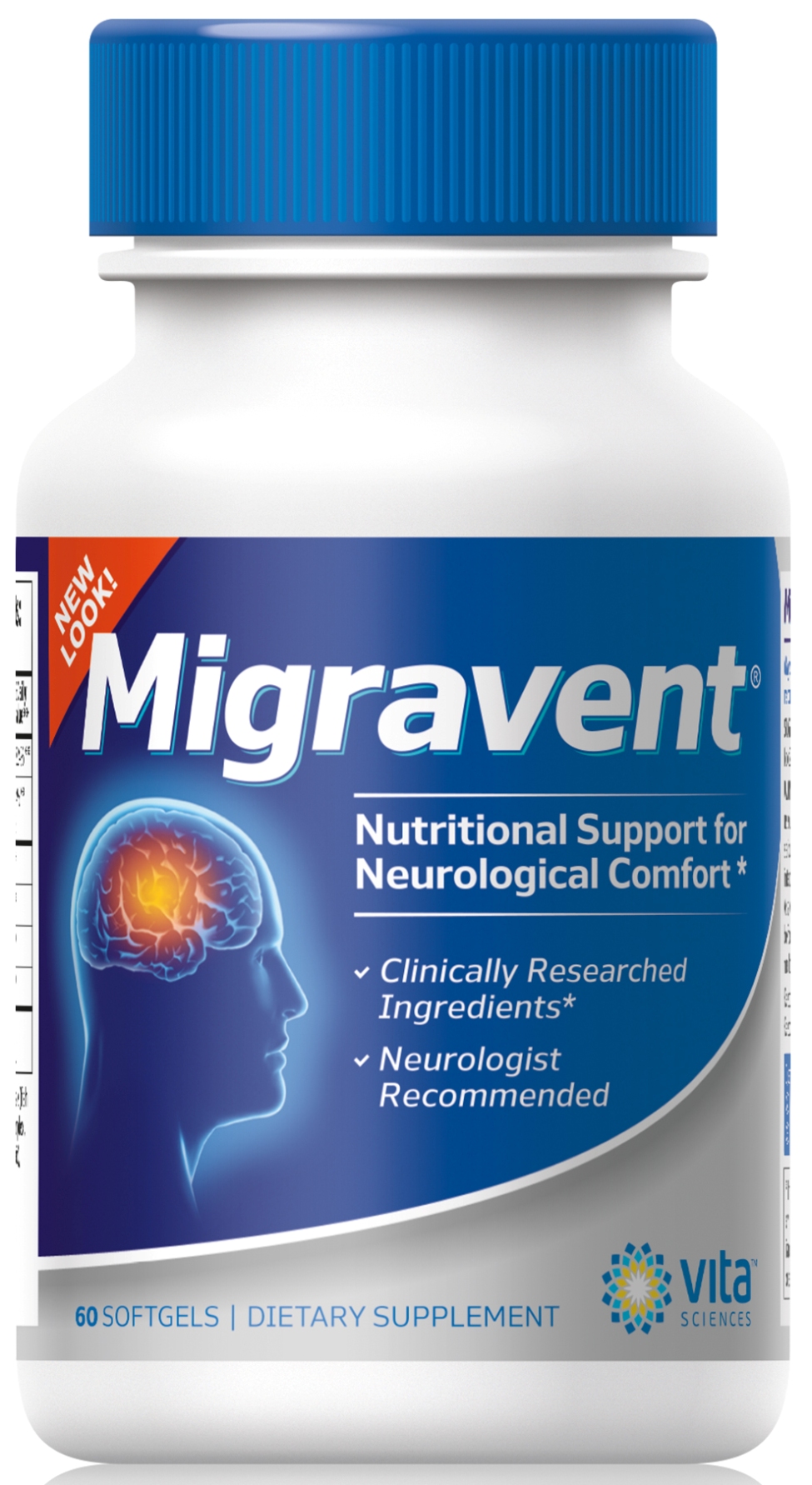There’s been a lot of talk about the safety of using butterbur supplements. Which types of butterbur are safe, and which butterbur plants are not? Hint: Watch out for pyrrolizidine alkaloids (PAs) in butterbur. Here are the straight facts about the safety and efficiency of butterbur.
What is Butterbur?
- Butterbur (Petasites hybridus) is a relative of the daisy that grows in marshy areas all over Europe, North Africa, and Asia. The flowers of the butterbur plant can be purple or white, and its leaves are distinctly heart-shaped.
- Other names for butterbur include Sweet Coltsfoot and Bog Rhubarb, but the most popular term- butterbur- originated because ancient civilization used the large butterbur leaves to wrap butter.
- In the Middle Ages, doctors used butterbur extracts to sustain respiratory health, maintain already normal blood pressure, and enhance muscle tone.
- Today, alternative medicine practitioners recommend butterbur for neurological health, promoting a peaceful state of mind, and supporting digestive system regularity.
What can butterbur do?
Some butterbur root extracts contain petasin (sesquiterpene) and isopetasin, two chemicals that are scientifically proven to promote overall good health.
Here are just a few of the beneficial properties of petasin from butterbur-
 Petasin promotes a natural, healthy response to inflammation by regulating production of leukotrienes.
Petasin promotes a natural, healthy response to inflammation by regulating production of leukotrienes.- Petasin aids respiratory health by regulating histamines without causing drowsiness.
- Petasin promotes calcium absorption.
- Petasin helps you maintain already healthy blood pressure.
- Petasin is beneficial for neurological stability.
- In one US study, 77% of test subjects given butterbur supplements noticed dramatic results. Numerous other studies provided similar results with butterbur, magnesium, riboflavin, Feverfew, and coenzyme Q10.
What are pyrrolizidine alkaloids (PAs)?
 Pyrrolizidine alkaloids are toxic chemicals that occur naturally in certain plants, including the butterbur species. Pyrrolizidine alkaloid poisoning can cause cancer and severe liver damage. The first symptoms of PA poisoning are stomachache, diarrhea, vomiting, and ascites, an accumulation of fluid in the abdomen. Long-term pyrrolizidine alkaloid usage can be fatal, but can be avoided with discontinuation of PAs before liver damage has occurred.
Pyrrolizidine alkaloids are toxic chemicals that occur naturally in certain plants, including the butterbur species. Pyrrolizidine alkaloid poisoning can cause cancer and severe liver damage. The first symptoms of PA poisoning are stomachache, diarrhea, vomiting, and ascites, an accumulation of fluid in the abdomen. Long-term pyrrolizidine alkaloid usage can be fatal, but can be avoided with discontinuation of PAs before liver damage has occurred.
If you are using a supplement containing butterbur, please ensure that it is free of pyrrolizidine alkaloids (PAs).
Do all butterbur supplements have PAs?
No. Some manufacturers of dietary supplements use butterbur roots that are certified PA-free. This means that pyrrolizidine alkaloids were carefully extracted from the plant before manufacturing, and are completely safe for use. Not all natural butterbur supplements are PA-free, so look for the guarantee before using.
Please tell us…
Have you been considering using natural migraine ingredients, but were afraid that they weren’t safe or effective? Has this article changed your opinion or answered any concerns you had about butterbur? If not, please let us know.
Read more about natural migraine nutrients:
6 Safe Migraine Treatments for Pregnant Moms
Sources:
BUTTERBUR: Uses, Side Effects, Interactions and Warnings – WebMD



